The Secretary of the Interior’s Standards Bootcamp: Intensive Online Series for Planners, Commissioners, Architects
Secretary of the Interior’s Standards Bootcamp in Three Parts | July 27th to Sept. 14th, 2023
What are the Secretary of the Interior Standards (SOIS) and why do they matter? The SOI Standards for the Treatment of Historic Properties are the de facto touchstone for any projects involving designated historic properties. Projects that comply with the Standards enjoy significant benefits, including categorical exemption under CEQA, historic tax credits, Mills Act eligibility, and much more.
Planners, commissioners, and architects who interact with historic buildings or landscapes should particularly know the ten rehabilitation standards and how they should be interpreted in the context of historic properties. Even those who are adept with the SOIS are grappling with how they should be applied and interpreted for energy upgrades, accessibility improvements, fire-life safety alterations, and new additions or expansions of buildings for housing or other critical needs.
The Standards also come at odds or interact with other Design Guidelines that are legislatively being mandated, including Objective Design Standards. All of these issues and many more will be answered in this intensive, three-part program (held for two hours each) over three months between July and early September.
Courses are taught by leading planners, architects, architectural historians, and consultants. Full details for each program are listed below. Each part will be held between 10:00 AM and 12:00 PM (PDT) on Thursdays.
You Will Be Able To...
- Identify the Secretary of Interior’s Standards for Rehabilitation.
- Become adept at the premise of the standards, including the active interrogation and interpretation of its concepts.
- Determine how an understanding of the Standards could benefit the project timeline, budget, approval, or otherwise improve the project outcomes.
- Interact with case examples in mock exercises using real-world and hypothetical case examples that illustrate the Standards.
This professional training program includes a special resource packet, access to all three recordings (two hours each), a certificate of attendance, and AIA, AICP, CLG, or ASLA CEUs
Registration is $95 for the public. Further discounts off full-price registration for members: Free for $1000 and up members, $500 Members receive 50% discount; $250 Members receive 25% discount; $75 for General Members, Free for Students.
Speakers
Taylor Louden, AIA, GTL Architecture; Jennifer Hembree, Cultural Resources Planner, Page & Turnbull; Julie McGilvray, Preservation Services Program Manager and Regional Historical Landscape Architect for the National Capital Region (NCR), National Park Service; Mark Huck, Restoration Architect, California Office of Historic Preservation; John Lesak, AIA, FAPT, LEED AP, is a Principal with Page & Turnbull; Heather Coleman, Founder, City ConTEXT; Eleanor Cox, Project Manager, MIG; Laurie Matthews, Director of Preservation Planning and Design, MIG; Jon Haeber, Field Services Director, California Preservation Foundation; other speakers to be announced.
Pt 1.) What: A Primer to the Standards for Rehabilitation at Buildings and Sites | Thu., July 27, 2023 | 10AM - 12PM
You will dive into the four standard treatments under the SOI Standards, including Preservation, Rehabilitation, Restoration, and Reconstruction. The focus of this program will be on the Standards for Rehabilitation. By the end of this module, you will fully understand the ten standards for rehabilitation; how they are applied to projects, and considerations for the treatment of sites, landscapes, and districts vs individual buildings.
A Qualified Architect and Landscape Architect will lead this program, giving you a grounding in the Standards for Rehabilitation from design professionals.
Speakers
Taylor Louden, AIA, GTL Architecture; Julie McGilvray, Preservation Services Program Manager and Regional Historical Landscape Architect for the National Capital Region (NCR), National Park Service
Schedule
What: A Primer to the Standards at Buildings & Sites
Schedule
10:00 – 10:05 | Welcome & Introductions | |
|
| |
10:05 – 10:50 | What are the SOI Standards for Rehabilitation | |
| Taylor Louden (?) |
|
|
| |
10:50 – 11:05 | Q&A / Break | |
|
| |
11:05 – 12:00 | The SOI Standards and how they Apply to Historic Landscapes or Districts | |
| Julie McGilvray |
|
Pt 2.) Why: The Benefits of the Standards and Their Importance | Thur, August 24, 2023, 10 AM - 12 PM Pacific
The Standards are the primary touchstone upon which many preservation project decisions hinge. A comprehensive understanding of how they're interpreted can benefit projects directly in the form of tax credits and Mills Act applications, and also indirectly through streamlined review or compliance with state housing legislation.
You will come away from this intermediate-level program knowing the following:
- How the Standards are used in the tax credit application and review process.
- Why the Standards allow streamlined review, and how applicants and reviewers can apply the standards for a categorical CEQA exemption.
- Breaking down the challenging process of using the Standards as a baseline for Objective Design Standards, which are now required under state legislation (SB35 and SB330).
Speakers
Taylor Louden, AIA, GTL Architecture; Jennifer Hembree, Cultural Resources Planner, Page & Turnbull; Mark Huck, Restoration Architect, California Office of Historic Preservation; Heather Coleman, Founder, City ConTEXT
Schedule
Why: The Benefits and Interpretation of the Standards
Schedule
10:00 – 10:05 | Welcome & Introductions | |
|
| |
10:05 – 10:35 | Tax Credits, Mills Act, and other Incentives; CEQA + SOIS | |
| Jen Hembree; Taylor Louden |
|
|
| |
10:35 – 10:50 | Q&A / Break | |
|
| |
10:50 – 11:20 | Interpretation: How Reviewers Examine the Standards | |
| Mark Huck |
|
|
| |
11:20 – 11:25 | Q&A / Break | |
|
| |
11:25 – 12:00 | Examining Objective Design Standards, SB35, and Historic Preservation Standards | |
| Heather Coleman / City of Alameda |
|
Pt. 3.) How: Interacting with the Standards - Live Exercises, Design Review, and Case Examples | Thur, November 9th, 2023, 10AM - 12:30PM Pacific
Learn by doing in this interactive third part. This is where you will put your thinking cap on and break into smaller groups to work through some SOI Standards scenarios. We'll look at some examples in some commonly faced issues vis-a-vis the Standards, including compatibility and differentiation; materials; authenticity; equity; climate change; SOI Standards as applied to cultural landscapes, interpreting the Standards from an "objective" framework and more.
For Part 2, we'll have a mock review panel comprised of experts who comment on projects - both real and hypothetical. As the jury weighs different features and sticking points in the project, the audience will have opportunities to comment and weigh in, too, through interactive polling.
Speakers
Taylor Louden, AIA, GTL Architecture and Emeritus Trustee, California Preservation Foundation; Ben Leech, Executive Director, Preservation Action Council of San Jose; Barbara Lamprecht, John Lesak, AIA, FAPT, LEED AP, is a Principal with Page & Turnbull; Laurie Matthews, Director of Preservation Planning and Design, MIG; Jon Haeber, Field Services Director, California Preservation Foundation; Laura Dominguez, PhD, Historian and Trustee, California Preservation Foundation; Sally Zarnowitz, Emeritus Trustee, California Preservation Foundation.
Schedule
How: Interacting with the SOIS - Live Exercises, Design Review, Case Examples
Schedule
10:00 – 10:05 | Welcome & Introductions | |
|
| |
10:05 – 11:00 | Hypothetical Questions & Challenges in Breakout Group Sessions | |
| Groups Led by: Taylor Louden; John Lesak; Ben Leech; Jon Haeber; Laura Dominguez |
|
|
| |
11:00 – 11:15 | Closing Discussion / Break | |
|
| |
11:15 – 12:30 | Design Review in the New Reality | |
| Taylor Louden, Laurie Matthews, John Lesak; Barbara Lamprecht; Sally Zarnowitz | A mock panel/commission discusses 3-5 projects that provide insight into new realities and illustrative examples of applying the standards while facing challenging new scenarios. 1. Resiliency & Adaptation Washington Canoe Club – Washington, D.C. 2. Standard #6 & #9 Presidio Theater; Battery Bluff & Tunnel Tops – San Francisco 3. Adaptive Reuse and Multifamily Housing Angelus Funeral Home – Los Angeles; Avenue 35 – Highland Park 4. Landscape or Blandscape? Museum of Science and Curiosity - Sacramento |
Speaker Bios and Background
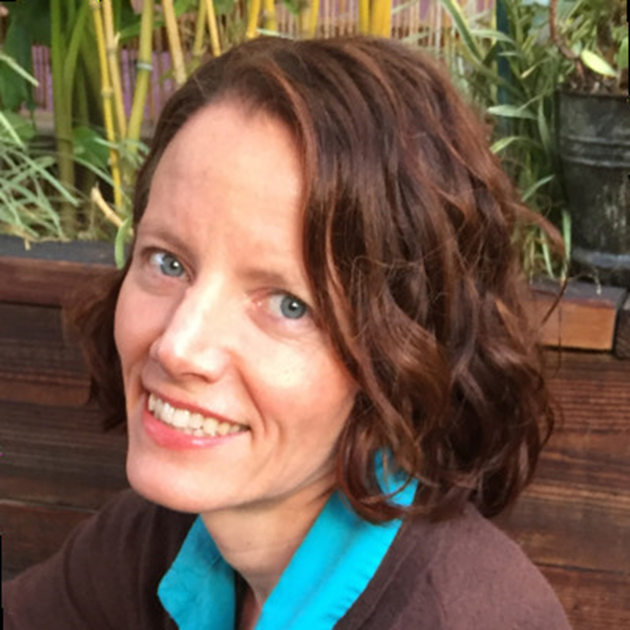 Heather Coleman is an urban planning consultant who focuses on ordinance updates and amendments. She helps local jurisdictions translate their policies and visions into clear, implementable standards and respond to legal mandates and changing landscapes. She enjoys crafting regulations that are accessible to a range of users and reflect pedestrian-oriented design principles.
Heather Coleman is an urban planning consultant who focuses on ordinance updates and amendments. She helps local jurisdictions translate their policies and visions into clear, implementable standards and respond to legal mandates and changing landscapes. She enjoys crafting regulations that are accessible to a range of users and reflect pedestrian-oriented design principles.
Heather has prepared zoning updates for jurisdictions throughout California, as well as more focused zoning text amendments on a range of topics. Her work is grounded in her experience staffing planning counters for five cities, where she enjoyed making complex regulations and review processes accessible and understandable to the public.
Recent projects have included writing objective design standards for the City of Alameda and local SB 9 regulations for the City of Walnut Creek.
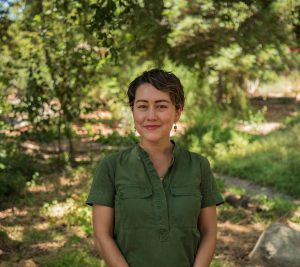 Laura Dominguez (Los Angeles) is a historian of race, heritage, and placemaking in the American West. An advocate for preservation justice, she received her Ph.D. from the University of Southern California and currently serves as a Mellon Humanities Postdoctoral Fellow with the National Park Service. She earned a bachelor’s degree from Columbia University and a master’s degree in historic preservation from USC. Laura previously worked as Communications and Programs Manager for San Francisco Heritage, where she developed youth programs and initiatives for legacy businesses, and as Preservation Manager for the Los Angeles Conservancy, where she oversaw efforts to document and conserve places associated with Latinx, LGBTQ, and other marginalized communities. She is also a founding board member of Latinos in Heritage Conservation and served on the Los Angeles Mayor’s Office Civic Memory Working Group from 2019 to 2021. Her writing has appeared in the Western Historical Quarterly, Journal of American History, California History, Los Angeles Times, and Lost L.A. Born and raised in the San Gabriel Valley, she now lives in Los Angeles (the ancestral and unceded territory of the Tongva people) with her husband, toddler, and kelpie.
Laura Dominguez (Los Angeles) is a historian of race, heritage, and placemaking in the American West. An advocate for preservation justice, she received her Ph.D. from the University of Southern California and currently serves as a Mellon Humanities Postdoctoral Fellow with the National Park Service. She earned a bachelor’s degree from Columbia University and a master’s degree in historic preservation from USC. Laura previously worked as Communications and Programs Manager for San Francisco Heritage, where she developed youth programs and initiatives for legacy businesses, and as Preservation Manager for the Los Angeles Conservancy, where she oversaw efforts to document and conserve places associated with Latinx, LGBTQ, and other marginalized communities. She is also a founding board member of Latinos in Heritage Conservation and served on the Los Angeles Mayor’s Office Civic Memory Working Group from 2019 to 2021. Her writing has appeared in the Western Historical Quarterly, Journal of American History, California History, Los Angeles Times, and Lost L.A. Born and raised in the San Gabriel Valley, she now lives in Los Angeles (the ancestral and unceded territory of the Tongva people) with her husband, toddler, and kelpie.
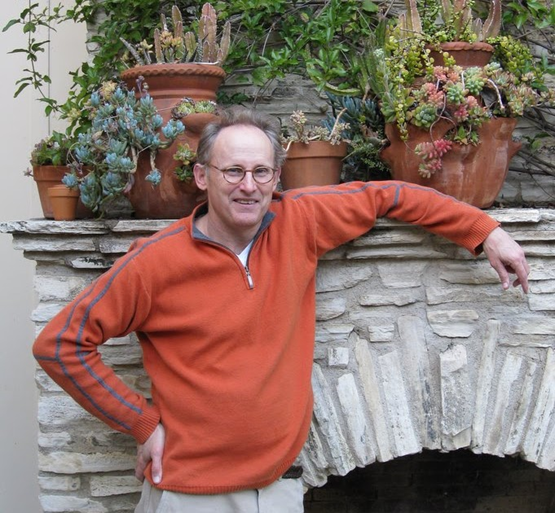 After graduating from the University of Virginia with a Bachelor of Science in Architecture in 1976, G. Taylor Louden apprenticed with a historical architect who had worked on the restoration of Colonial Williamsburg in the 1930s. Louden subsequently earned a Master of Architecture degree from Columbia University, then began practicing professionally with the office of the dean of the school in New York City. After 15 years in New York, Louden relocated to Los Angeles, where he has worked with nationally recognized historic preservation firms until 2004, when he established his independent historical architect consulting practice.
After graduating from the University of Virginia with a Bachelor of Science in Architecture in 1976, G. Taylor Louden apprenticed with a historical architect who had worked on the restoration of Colonial Williamsburg in the 1930s. Louden subsequently earned a Master of Architecture degree from Columbia University, then began practicing professionally with the office of the dean of the school in New York City. After 15 years in New York, Louden relocated to Los Angeles, where he has worked with nationally recognized historic preservation firms until 2004, when he established his independent historical architect consulting practice.
In Los Angeles, Louden has worked on National Register – listed landmarks including the Will Rogers Ranch House and State Historic Park for California State Department of Parks and the Wadsworth Chapel at the federal Department of Veterans Affairs’ West Los Angeles campus. Other significant projects include the Griffith Observatory, USC’s Doheny Memorial Library, Los Angeles County Hospital’s Original Administration Building, and two Victorian-era commercial buildings in downtown L.A.’s El Pueblo Historic District for the LA Plaza de Cultura institute.
Louden has been recognized for excellence in the field of historical architecture and preservation, receiving a National Trust Preservation Award and two Los Angeles Conservancy Preservation Design Awards. Mr. Louden’s work for two terms as the Architectural Representative on a City of Los Angeles Planning Department Historic Preservation Overlay zone gained group recognition by the Conservancy. Louden has served as a juror for the Los Angeles Conservancy’s Preservation Design Awards. In 2011 he received a Certificate of Recognition by the City of Los Angeles for his work in the field of historic preservation.
Louden has served on the California Preservation Foundation conference planning committee since 2008 and therir education committee since 2009. He has presented multiple workshop and webinar seminars for CPF on the Secretary of the Interior’s Standards and historic district integrity, and historic district workshops for the Los Angeles Planning Department. He has served as a design critic and juror on historic preservation course design at several Universities.
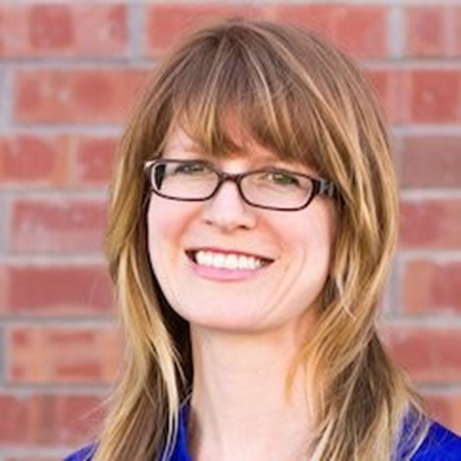 Jennifer Hembree, Cultural Resources Planner, Page & Turnbull. BIO TBD.
Jennifer Hembree, Cultural Resources Planner, Page & Turnbull. BIO TBD.
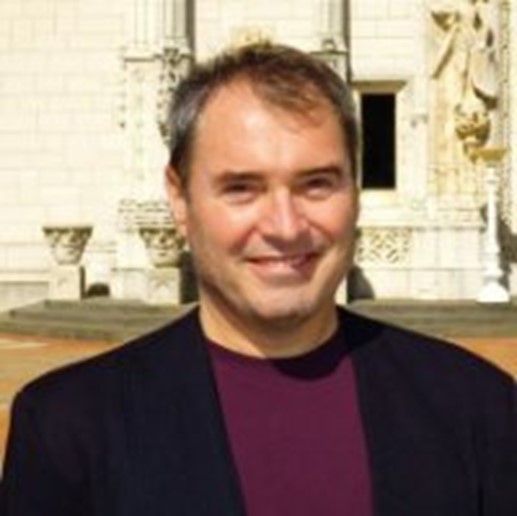 Mark Huck, AIA, LEED AP, received his bachelor’s and Master’s degrees from the University of Michigan, and currently serves as a Restoration Architect for the California State Office of Historic Preservation. As a member of the Architectural Review Unit his responsibilities include the statewide review of Federal tax credit projects and technical assistance to federal and state-mandated programs, government agencies, and the general public. Mark’s preservation practice spans 35 years and includes design of investment tax credit projects, rehabilitation of federal buildings in Washington DC and private renovations of historic residences. He has served on the board of the Association for Preservation Technology International and two APT local chapter boards.
Mark Huck, AIA, LEED AP, received his bachelor’s and Master’s degrees from the University of Michigan, and currently serves as a Restoration Architect for the California State Office of Historic Preservation. As a member of the Architectural Review Unit his responsibilities include the statewide review of Federal tax credit projects and technical assistance to federal and state-mandated programs, government agencies, and the general public. Mark’s preservation practice spans 35 years and includes design of investment tax credit projects, rehabilitation of federal buildings in Washington DC and private renovations of historic residences. He has served on the board of the Association for Preservation Technology International and two APT local chapter boards.
Laurie Matthews is a nationally recognized expert in preservation planning and cultural landscapes. Her work has helped maintain and manage some of the most iconic and precious historic sites in the country such as Hearst Castle, Ellis Island, and Yosemite National Park. Laurie is fascinated by the complexities and stories associated with landscapes and the history they reveal. Her expertise and experience are invaluable in assisting clients interpret and apply The Secretary of the Interior’s Standards and the National Register of Historic Places guidelines to the historic properties under their stewardship. Laurie’s analytical and communication skills enable her to readily identify issues and clearly outline potential choices and trade-offs related to design and management. She is inspired by the passion of her public and private clients and recognizes the impact the master plans and cultural landscape reports she prepares have on historic landscapes. Laurie has garnered national and regional awards for her work, and she frequently speaks at national conferences on historic preservation and design.
She also currently serves on the faculty at the University of Oregon College of Design, School of Architecture and the Environment in both the landscape architecture and historic preservation departments. Prior to joining MIG, Ms. Matthews coordinated the Cultural Landscape Inventory Program for the National Park Service’s Olmsted Center for Landscape Preservation in Boston, Massachusetts.
She is an accomplished photographer, artist and graphic designer with roots in the communication field from her time as a journalist and advertising executive. Her current research is focused on English landscapes associated with women of the 16th century entitled, Landscape as Storyteller: Revelry, Refuge, and Restraint for Four Generations of Tudor Women in their Home Landscapes.
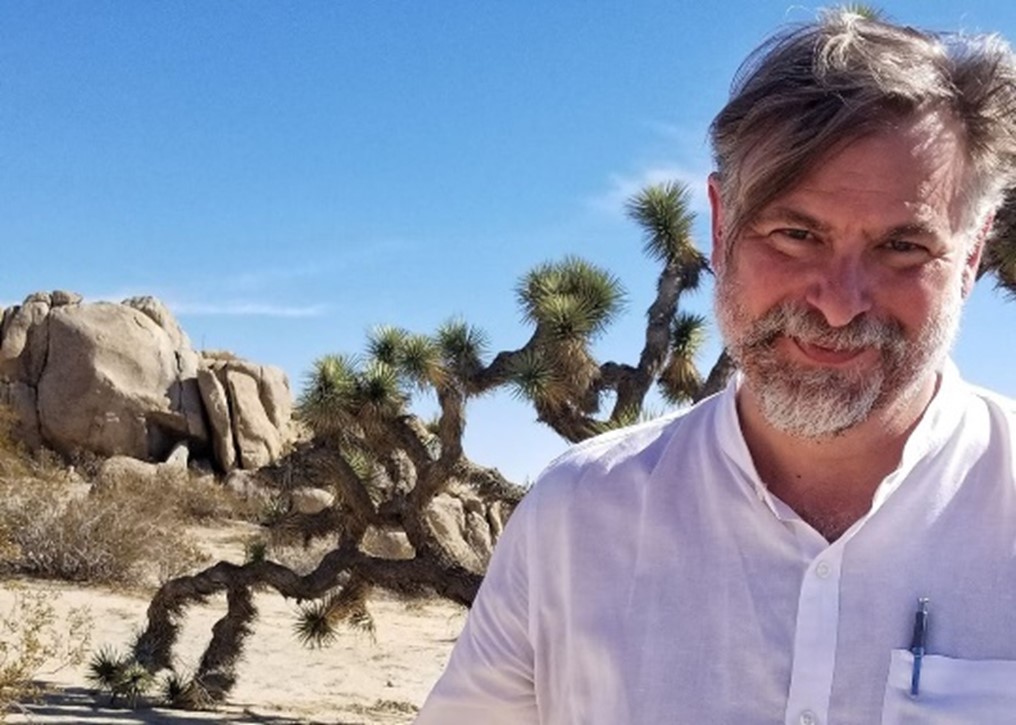 John D. Lesak, AIA, FAPT, LEED AP, is a Principal with Page & Turnbull and manager of their Los Angeles area office. With an interdisciplinary education in architecture, engineering, and materials science; John has been able to specialize in the preservation, rehabilitation, repair, reuse, and maintenance of historic structures since 1993. During the course of his career, he has been privileged to serve as a historic architect on a number of award-winning preservation projects - including the exterior rehabilitations of the Wisconsin State Capital & Los Angeles City Hall, the relocation of the Cape Hatteras Lighthouse, and the restoration of the spire at the Frank Lloyd Wright designed Marin County Civic Center. He has co-authored published papers and lectured on seismic impacts, deterioration mechanisms and restoration of historic cladding systems.
John D. Lesak, AIA, FAPT, LEED AP, is a Principal with Page & Turnbull and manager of their Los Angeles area office. With an interdisciplinary education in architecture, engineering, and materials science; John has been able to specialize in the preservation, rehabilitation, repair, reuse, and maintenance of historic structures since 1993. During the course of his career, he has been privileged to serve as a historic architect on a number of award-winning preservation projects - including the exterior rehabilitations of the Wisconsin State Capital & Los Angeles City Hall, the relocation of the Cape Hatteras Lighthouse, and the restoration of the spire at the Frank Lloyd Wright designed Marin County Civic Center. He has co-authored published papers and lectured on seismic impacts, deterioration mechanisms and restoration of historic cladding systems.
Concerns over the socio-cultural impact of environmental degradation lead John to co-found and serve as past US-chair of Association of Preservation Technology International (APTi’s) Sustainable Preservation Technical Committee. John has written and/or lectured on the relationship between green building and historic preservation for the APTi, Traditional Building magazine, the National Trust for Historic Preservation, the California Preservation Foundation, and the Municipal Green Building Conference and Expo. John is the Past-President of the Western Chapter of APTi; recently served as Chair of APTi’s Annual Conference in Los Angeles; is a mayoral appointee to the South Pasadena Cultural Heritage Commission (serving a Chair in 2008-9); is a Director with the South Pasadena Preservation Foundation; and serves on the Los Angeles Mayor’s Design Advisory Panel.
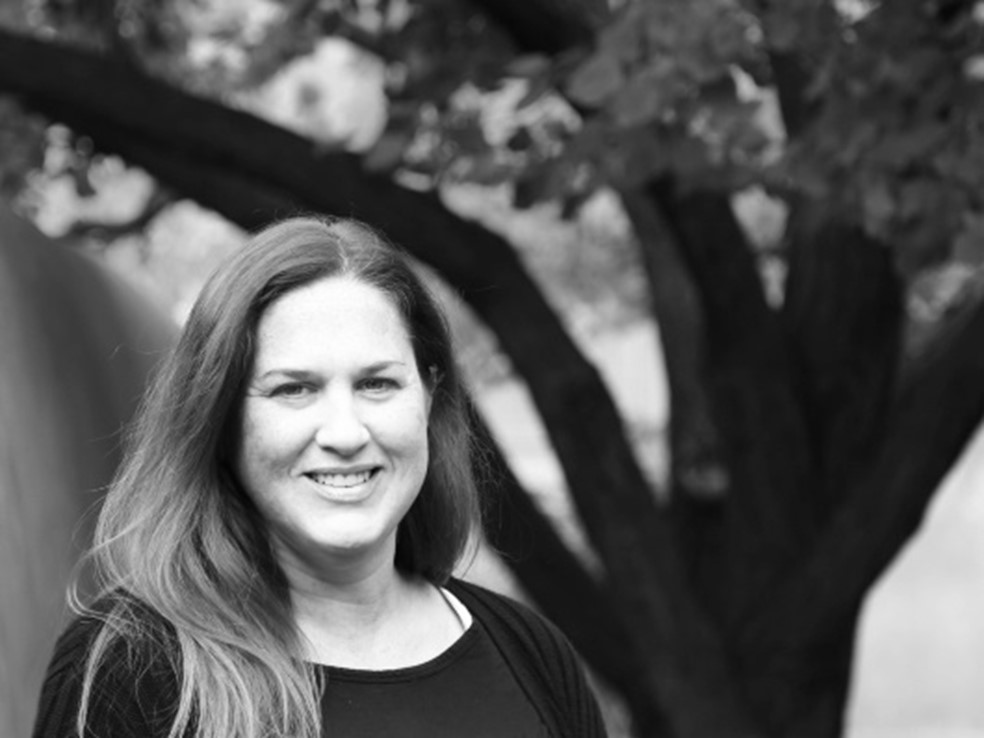 Julie McGilvray, a native of the Texas Hill Country, is currently the Preservation Services Program Manager and Regional Historical Landscape Architect for the National Capital Region (NCR) of the National Park Service in Washington DC. Her program in the NCR comprises cultural landscapes, historic architecture and landscape architecture, architectural conservation, and GIS. Before joining the National Park Service, Julie worked as a historical archaeologist and architectural historian in the American Southwest and Texas. Julie’s research interests include the intersection between cultural landscape studies and environmental history, contested landscapes, and the use of technology in historic preservation. She holds a Master of Landscape Architecture from the University of New Mexico, and a Master of Science in Historic Preservation and a Bachelor of Arts in Anthropology from the University of Texas at Austin.
Julie McGilvray, a native of the Texas Hill Country, is currently the Preservation Services Program Manager and Regional Historical Landscape Architect for the National Capital Region (NCR) of the National Park Service in Washington DC. Her program in the NCR comprises cultural landscapes, historic architecture and landscape architecture, architectural conservation, and GIS. Before joining the National Park Service, Julie worked as a historical archaeologist and architectural historian in the American Southwest and Texas. Julie’s research interests include the intersection between cultural landscape studies and environmental history, contested landscapes, and the use of technology in historic preservation. She holds a Master of Landscape Architecture from the University of New Mexico, and a Master of Science in Historic Preservation and a Bachelor of Arts in Anthropology from the University of Texas at Austin.
